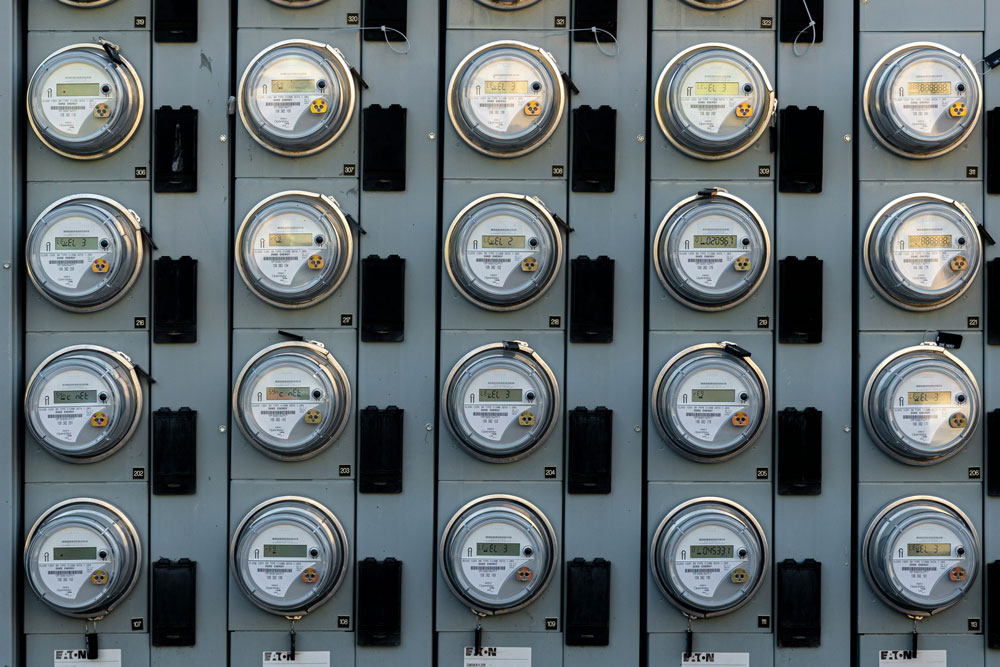
Track Your Energy, Save More
How to Read Your Meter
All of Access Energy Cooperative’s meters have a numeric display showing the number of kilowatt-hours the meter has recorded since it was installed. To determine your current usage, take the current reading and subtract the reading you recorded on a previous day. In most cases this will be your usage during that time period.
Some electronic meters have a multiplier. If your meter has a multiplier, you can find the multiplier on your bill. If your meter has a multiplier, you will need to multiply the reading you just calculated by this number.
For instance if you recorded a reading of 52,100 a month ago and your meter reading is currently 53,200, you would subtract the two to get a usage of 1,100 kWh. If, however, your meter has a multiplier of 20 the actual usage for the month would be 20 * 1100 or 22,000 kWh.

